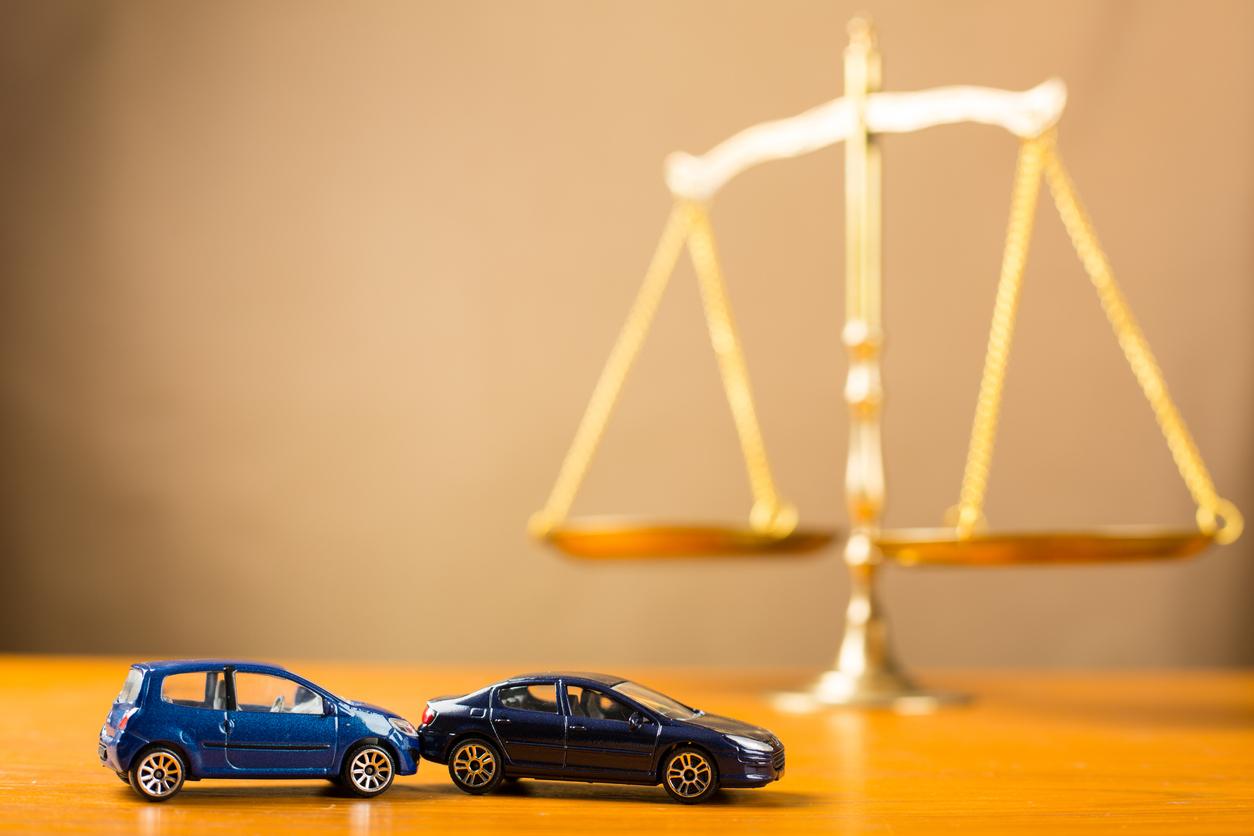Who’s at Fault in a Car Accident?
Some things in life cannot be planned, and these include car accidents. If you’ve been in an auto accident recently and are wondering how to proceed with determining who is at fault and how an auto injury claim works, you’re in the right place.
No-Fault and At-Fault Car Accidents
No-Fault Car Accidents
When it comes to auto accidents, certain states have no-fault insurance laws. This means that if the accident occurred in one of these 16 states, drivers are obliged to have personal injury protection (PIP) on their car’s insurance policy. It’s the PIP that pays your medical expenses after a car accident, regardless of which driver caused it.
However, if your car has been damaged by another driver, these claims are paid on an at-fault basis, and it’s their insurance that may handle paying for your vehicle repairs.
At-Fault Car Accidents
At-fault accidents happen in states that don’t have PIP coverage laws. Then, the insurance company determines the driver at fault, and their insurance helps cover any injury and property damage claims.
Let’s say you hit another person’s parked car. In that case, you’re at fault, and your auto liability coverage would be used to cover the other driver’s vehicle repairs.
After you’ve been in a car accident, your main priority is to protect yourself and others, as well as get out of harm’s way by following the law. After that, it’s best to call the police and file a report. To do that accurately, you need to record the details of the accidents and exchange information with all involved drivers. By following these steps, you will be better prepared when you file a car insurance claim later on.
Determining the At-Fault Driver
The most important step in an auto accident is to determine who was the responsible party since, in most cases, it is their insurance company that will have to cover the personal and vehicle damage involved in the process. To determine the person at fault, insurance companies have to prove negligence on the part of one or more of the drivers. Keep in mind that there are many cases where both or all drivers are at fault. Negligence can be proven based on several key elements:
#1 There was a breach of legal duty
As a driver, your legal duty is to operate a vehicle safely and reasonably that protects other drivers, pedestrians, passengers, and bicyclists.
#2 That breach led to personal and vehicle injuries
In addition to driving dangerously, the driver’s negligence must have been the direct or proximate cause of the auto accident and all personal and vehicle damage related to it. This means the accident wouldn’t have happened if the driver was driving carefully.
The Process
Although in many cases, vehicle damage can be a key factor in identifying the at-fault driver, other factors like physical evidence from the scene, police reports, eyewitnesses, and weather conditions can also influence the final decision. Once an insurance company steps in to investigate, its goal is to determine liability by gathering evidence and witness reports.
Physical evidence, such as injuries, dents, skid marks, and paint scratches on a vehicle, as well as personal injuries, can usually help point to the responsible driver. Weather reports of that day are also crucial for assessing the visibility of the road, the possibility of slipping and causing accidents.
If the fault is unclear, insurance agents will often coordinate with police to obtain traffic camera footage of the area that may have captured the accident. Photographic evidence can be used as well. If there were witnesses and bystanders at the event, their statements would be taken into account, too.
In many cases, more than one driver is found to be at fault. When that happens, the percentage of negligence is distributed among the drivers, which then determines the terms of the financial settlement.
Let’s Look at an Example
When both drivers in an accident act negligently, the insurance agents will assign a percentage of fault to each party involved. Let’s say Car A is turning left through an intersection and it hits Car B in the process, while Car B is driving in the opposite direction and moving over the speed limit. In this hypothetical scenario, the driver of Car A may be found 70% negligent, and the driver of Car B might be deemed 30% negligent.
In that case, Car A’s insurance company will likely have to pay up to 70% of Car B’s repairs and medical costs, and Car B’s insurance will cover up to 30% of Car A’s damage repair costs.
When you need help settling your auto accident claim, finding a professional auto injury lawyer is a breeze with Legal Chiefs. Browse through our network today to find the expert you need!
Find An Auto Accident Attorney In Your Area
Auto Accident FAQ

